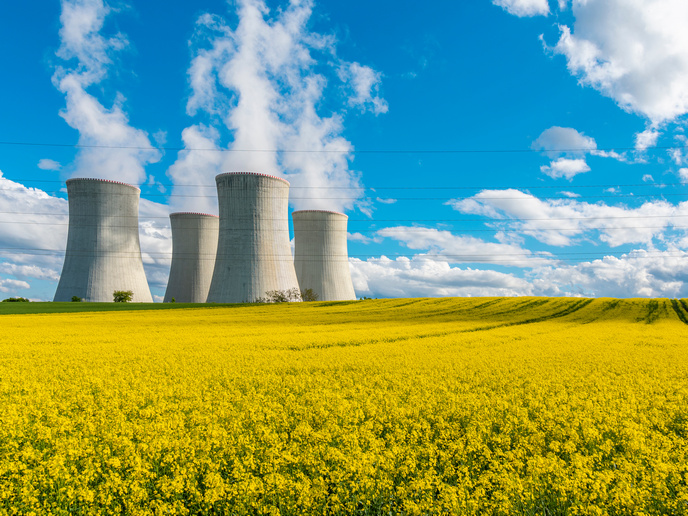Taking nuclear safety to the next level
Molten salt reactors (MSRs) are a class of nuclear fission reactor in which the primary nuclear reactor coolant and/or fuel is a mixture of molten salt and fissionable material. Because the fuel mixture is kept in a molten state, MSRs eliminate the risk of a nuclear meltdown associated with water-cooled reactors. “Although MSRs are expected to be safer, this still has to be proven,” says Jan Leen Kloosterman, a professor of Nuclear Reactor Physics at Delft University of Technology(opens in new window). “With new MSRs expected to flood the energy market in the coming decades, there is an urgent need to test the safety of the reactor and the nuclear fuel cycle facilities.” There is also a need to demonstrate a path towards technology licensing and deployment, one that takes into account future – and likely stricter – regulations. Helping answer these needs is the EU-funded SAMOSAFER(opens in new window) project. “SAMOSAFER aims to develop and demonstrate new safety barriers for more controlled behaviour of MSRs in severe accidents to ensure that the MSR can comply with all expected regulations in 30 years’ time,” adds Kloosterman.
A long list of results relating to molten salt reactor safety
With a range of innovative, fully validated simulation models and tools in hand, the project investigated the effects of compressibility of the fuel salt. “This is a very important phenomenon in fast reactivity induced transients and necessary to properly calculate the maximum achievable fuel temperature,” explains Kloosterman. Researchers also conducted risk identification studies on the fuel treatment unit for online fuel salt processing – work that resulted in an extensive list of potential accident conditions. Another key outcome was the expansion of an existing thermodynamic database for the main MSR fuel and coolant systems to include new experimental data on binary and ternary systems. Also included were a number of systems containing corrosion and fission products, some of which were subsequently modelled to predict viscosity and density behaviour. The project further made several key discoveries, including how corrosion can be limited to acceptable levels by controlling the composition and thus redox potential of the fuel salt. “We also identified new opportunities to reduce the reactor size and develop small modular reactors,” notes Kloosterman. These are only samples of the long list of high-quality results that the SAMOSAFER project has achieved.
Impacting next-generation nuclear reactors
“SAMOSAFER’s success is the direct result of our talented team of researchers, students, nuclear experts and start-ups from across Europe – a team that we are immensely proud of,” says Kloosterman. The team’s work has laid the foundation for the EU-funded Endurance project, which aims to support the safe operation and technological development of MSRs in Europe. “Because our simulation tools and safety barrier concepts are transferable to other MSR designs, we are confident that our results will have a broadly applicable impact on the development of the next generation of nuclear reactors,” concludes Kloosterman.




